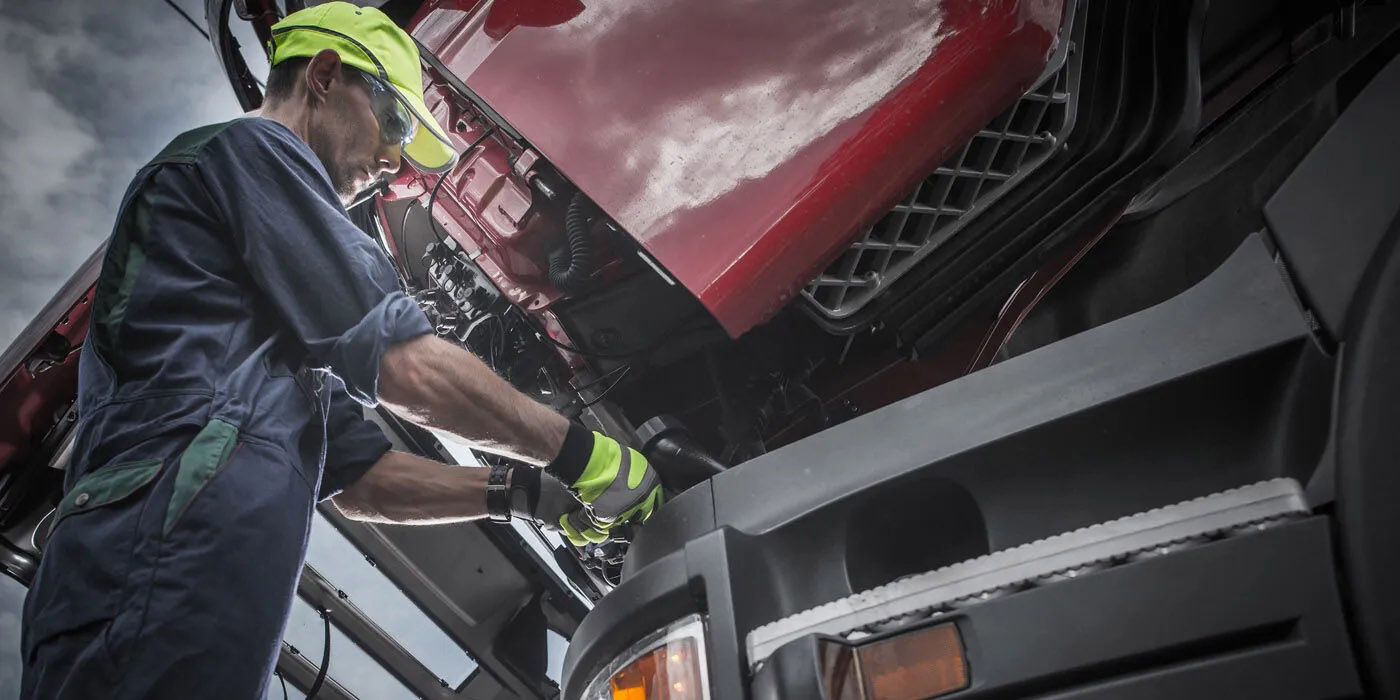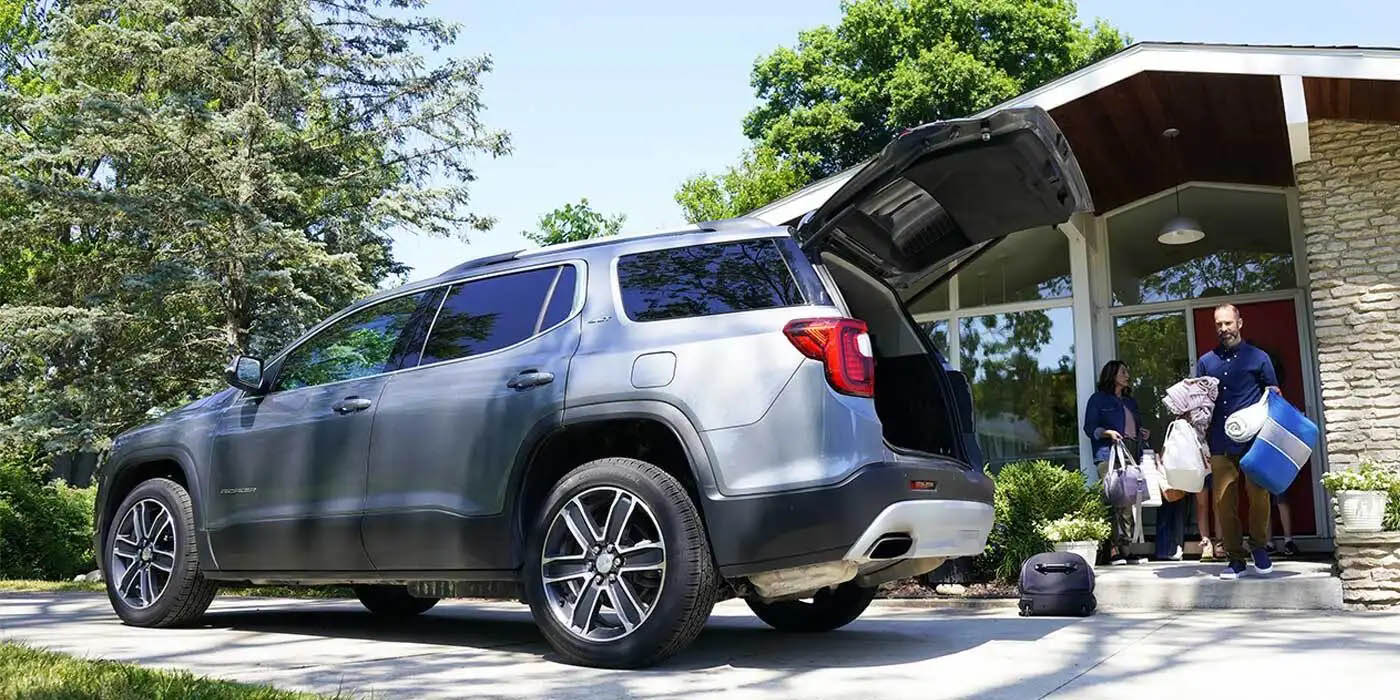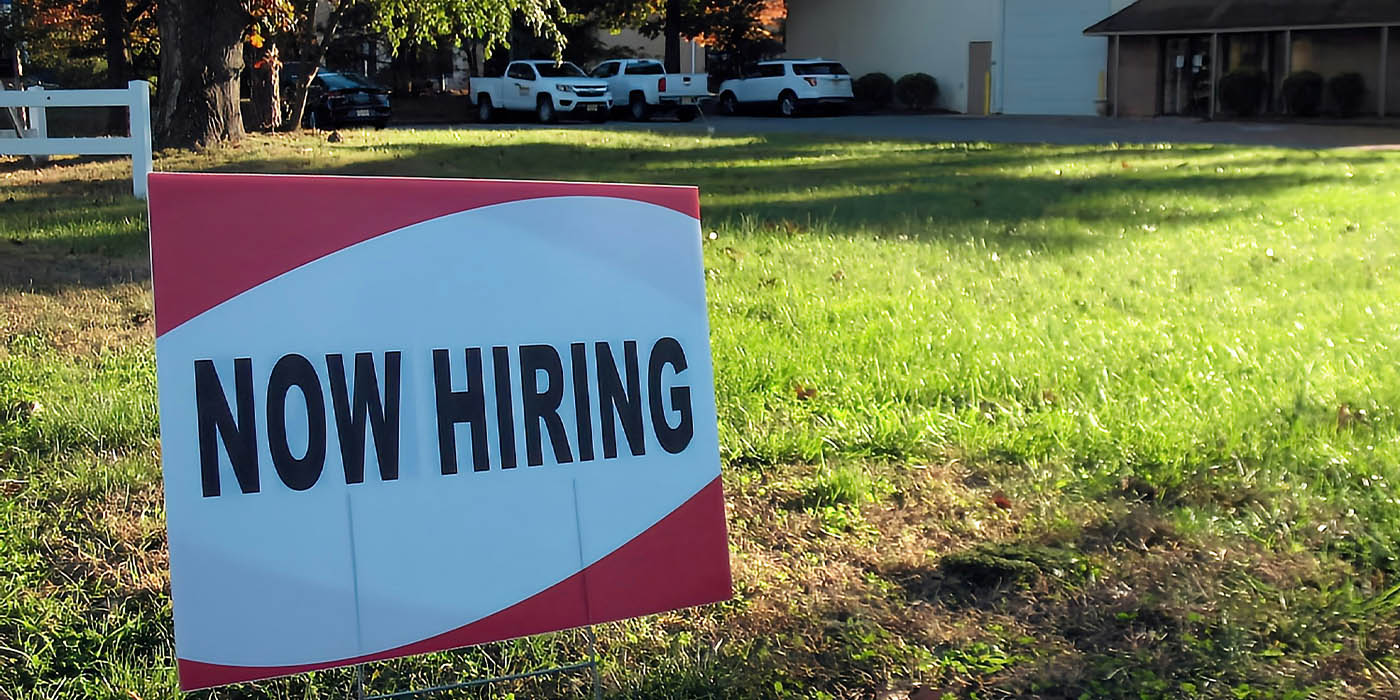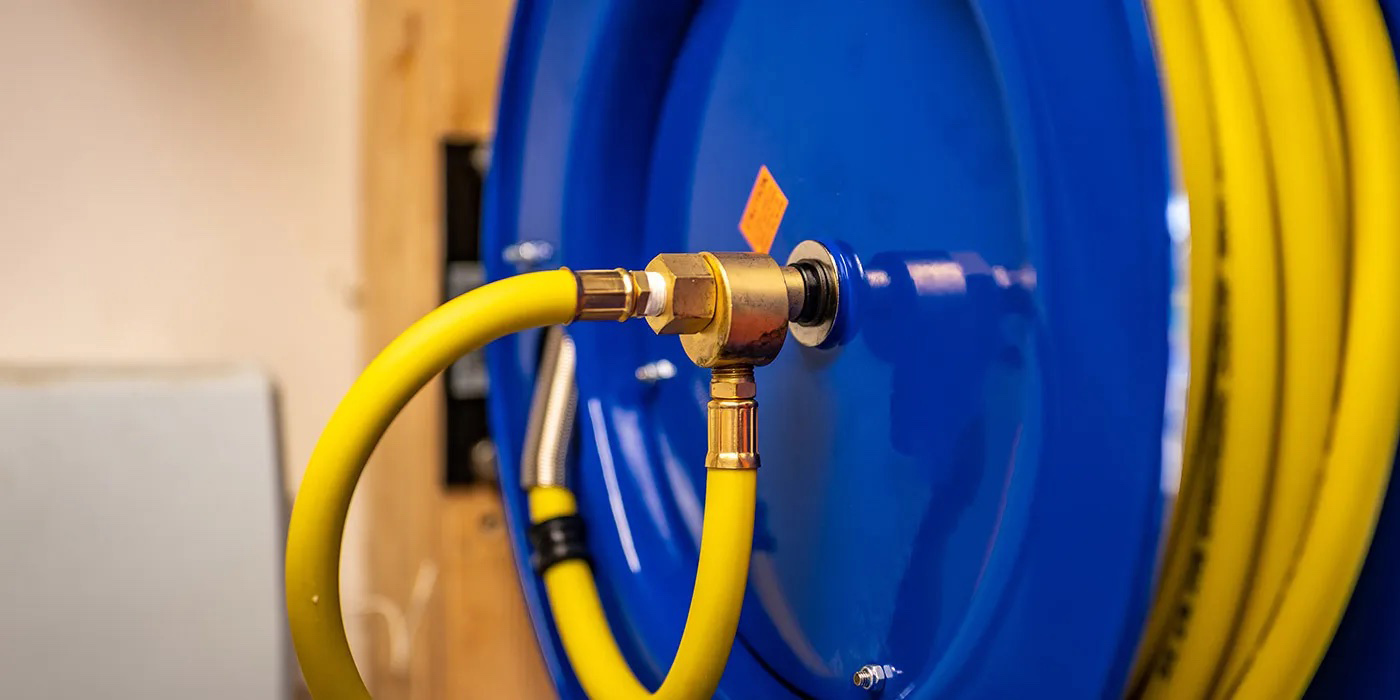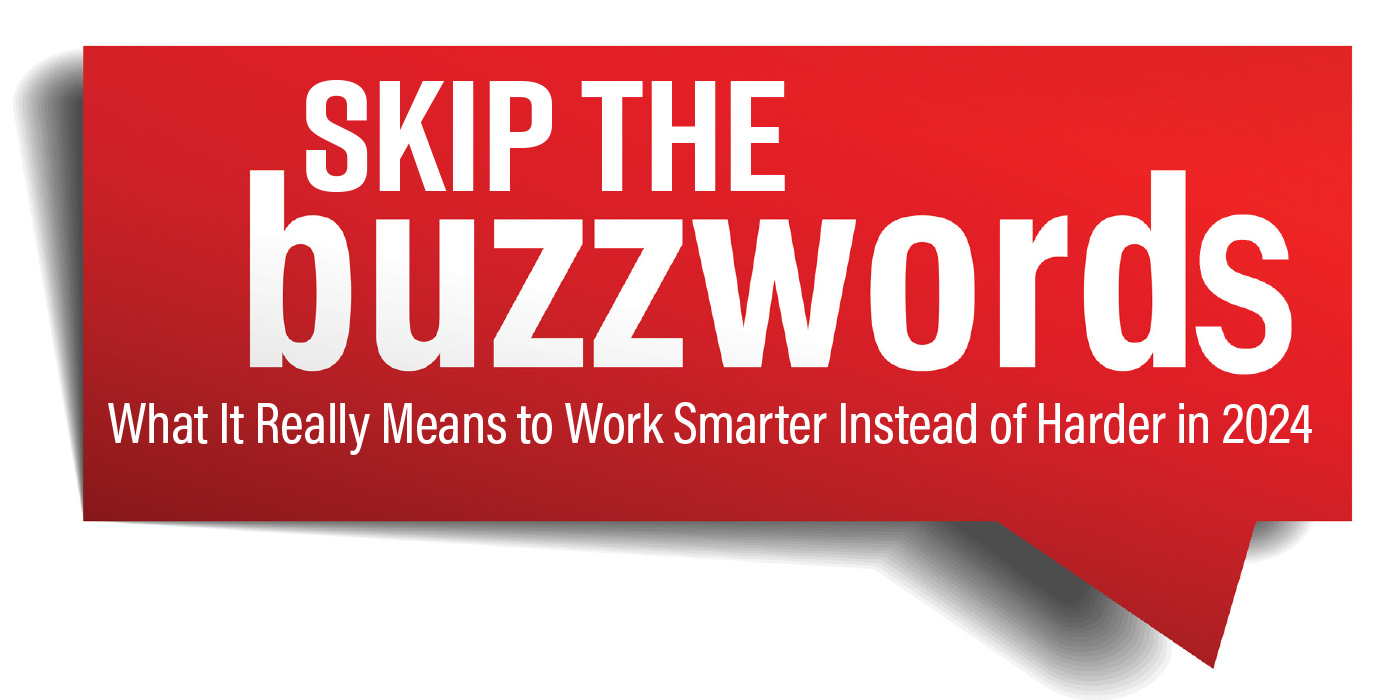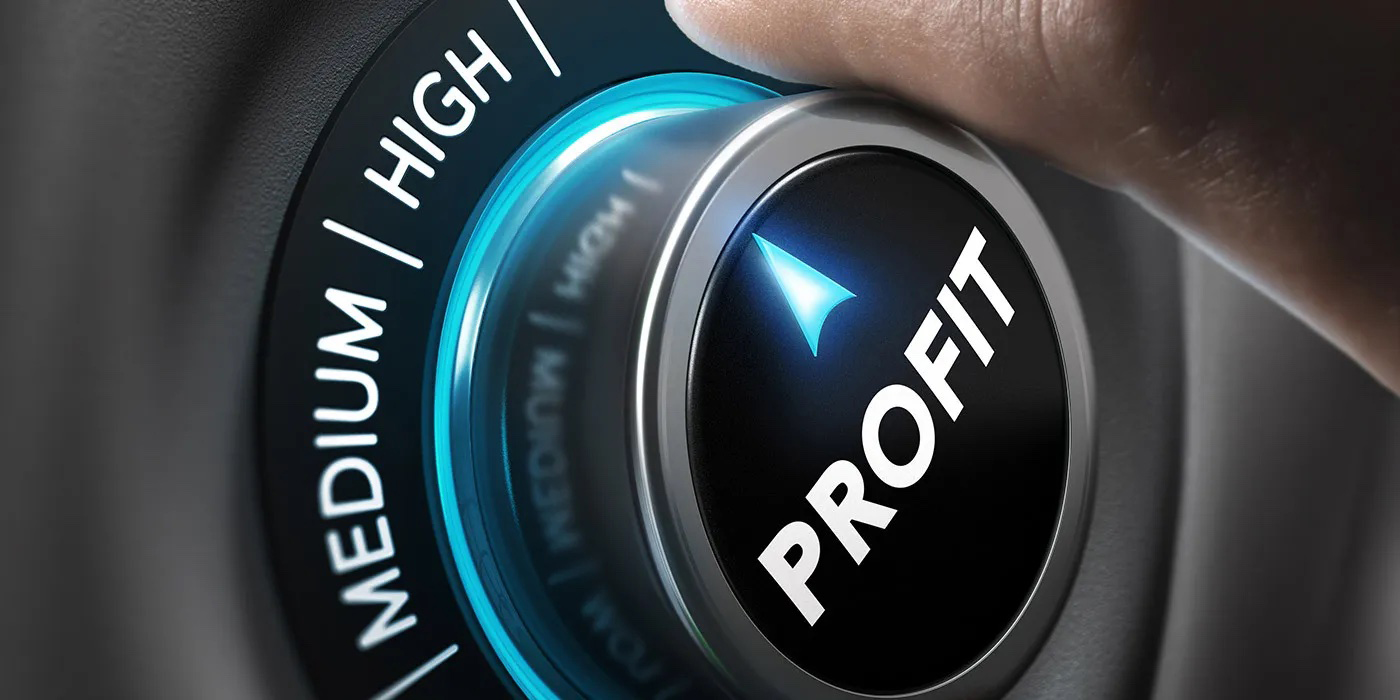
How many times have you encountered a new piece of equipment that you might use in your operation and asked about the price before investigating much further? Perhaps the “sticker shock” turned you off, or you soon stopped listening from that point forward.
Quite often you are on the other end of that conversation. You have a customer who thinks that the higher grade tires are “too expensive.” If the customer will listen to your counsel, he or she might learn that the cost of the higher quality tire on a per-mile basis is actually lower than what they may be tempted to buy that appears cheaper.
This type of communication is critical to buying – and to selling. Salespeople do not generally sell something just to sell something. The true professionals are not selling at all – they are responding to a problem or need. Assuming you’re old enough to have seen the TV show “Green Acres,” you might recall Mr. Haney. This guy would sell you anything he could for as much as he could get. People can usually spot those types easily and tend to avoid the conversation. Fortunately, there are few Mr. Haney’s out there any more, some of the best salespeople today can be quite helpful.
To Invest or Not to Invest
The question of whether to invest or not gets down to whether the piece of equipment will save or make you more money than it costs. Sometimes the total cost of a capital equipment investment can be off-putting, yet often the numbers prove that the equipment ends up being less than free. Is buying that new technology a better idea than sticking with what you have? Too often the question is answered before the issue is fully explored. The answer is a combination of “too expensive” and “don’t need it, we’re fine.”
The phenomenon is like someone walking a trade show floor and trying to avoid eye contact with a booth attendant to avoid getting a “sales pitch.” If the approach were changed from fearing a sales pitch to being open to a mini-seminar, it would be remarkable how much better educated trade show attendees would be at the end of the exhibit. It does not mean you have to buy anything; it suggests you should listen to everything. Who knows what opportunities may have been lost by avoiding the dreaded sales pitch? But I digress.
To explore this idea, I went online and Googled “tire changing equipment.” To prove my thesis, I attempted to select a common piece of equipment but priced at the high end of the spectrum. I came across a unit that automatically changes a tire with minimum human effort, plus the added benefit of eliminating damage to the rims, tires and TPMS units.
My first call was to a regional sales manager for the company that makes the equipment. I asked how they could sell equipment that costs more than three times what a traditional machine costs.
I expected him to have a quick response and I was not disappointed. He drew the comparison between a traditional four-handled lug wrench to a half-inch pneumatic impact wrench. The manual wrench does the job. The impact wrench does the job faster and more easily – and it costs more.
He went on to postulate that until you know something better exists you have no basis for making a comparative decision. He went on to explain that the process of changing a tire is essentially a “hands-off” operation. Regardless of tire size or format, the equipment takes just under 2.5 minutes to change and never damages the customer’s tires or the company’s employees. And, he says, “we could pull a new hire from the oil changing crew and, with five minutes of training, he could run the equipment perfectly.”
Next, I called around to locate a tire dealer who had actually purchased this equipment and met Brandon Henson, owner of Henson’s Auto Service in Greer, S.C. I asked Brandon why he would spend $30,000 on a piece of equipment when a traditional professional-grade tire-changing machine would cost well under $10,000.
He laughed.
Henson confided that his decision was made when he ruined a $1,000 Corvette rim on his own car. It was an emotional decision rather than a business decision, “but, the best business decision I ever made.” He said that not only can he be sure that any tire he has to remove and mount takes under 2.5 minutes, but he has not damaged a rim or a tire or replaced a TPMS unit in more than two years.
I asked what his labor budget was for changing a tire before he had the automatic equipment and he laughed again. “You mean including the ones that take 45 minutes?”
He agreed that traditionally the process would take an average of four to five minutes to remove and mount a tire, about half of what it takes with automatic equipment.
Cool, but at what cost?
The point of this article is to explore the thinking process shift involved in having an idea about something that you would like to own and concluding that, by acquiring it, you have made a good business decision. All too often decisions are based on very linear logic: Can I “afford” it?
The math to determine the viability of a capital expenditure is actually pretty simple if you have been keeping records of the total cost required to execute certain shop functions. In the end, if you make more money than the equipment and financing costs, you buy it. If it does not pass the test, you don’t.
In this example, the important considerations to include are the fixed costs (cost of acquisition and financing), the variable costs (labor and breakage or consumables), and the volume of tires you change.
Obviously every situation is different, so I will come up with some numbers you can replace for your own situation.
Cost of Purchase:
• Assume $30,000 at 10% interest amortized over 5 years or $637 per month
• Assume 100 tires changed per day
• Assume labor costs $15/hour (25 cents per minute)
• Assume 25 working days per month
• Assume one damaged wheel ($200) and one damaged tire ($150) and two damaged TPMS stems ($120) per month.
• Not computed is the cost of employee fatigue and lost time due to injuries
Cost of Current Method:
• Assume 4 minutes to change a tire (average across all types) and paid-for equipment
Formula for Traditional Method:
• 25 x 100 x $1.00 = $2,500 (labor) + $200 +150 + $120 = $2,970 cost per month
Formula for using automatic equipment:
• Assume 2.5 minutes, regardless of tire
• 25 x 100 x (2.5 x .25) = $1,563 (labor) + (no breakage) + $637 (payment)= $2,200 cost per month
If the assumptions held true for your business, the per-month savings are $770, or $46,200 over 5 years – and, the equipment is fully paid for. With any purchase you can slice and dice the numbers, but it is necessary to include all of the costs involved for a true comparison. If you were using the same computation formula for a service product that required parts (variable costs), they would be included in your cost computation where breakage, perhaps, may not.
Spending Money to Grow Revenue
In a different example, the question is not so much how much easier and more profitable equipment can make your life, but how much more cash can be generated in your operation.
In a conversation with Wayne Croswell, who was president of TIA in 2009, we were talking about the economic logic behind the purchase of a point-of-sale system. Wayne’s company, WECnology, consults with dealers on these types of decisions.
Wayne explained that any POS system can ring up sales and print out sales orders, but, when properly programmed, such a system can find dollars previously lost by automatically computing, scanning and billing for items such a shop supplies. Or, tracking a customer’s past engagements with a dealership and reminding him or her of suggested maintenance items – including those recommended on a previous visit. This drives revenue from an existing customer base in a low-pressure communication.
And, although it varies widely, assume that a new POS system costs about $1,000 per month. Your calculation is whether you can generate an additional $38 of net revenue from existing customers. It could come from adding $1.50 worth of shop supplies from 25 customers per day. All the other benefits are then completely free.
In the end, if the investment makes you more than it costs, the decision gets easier. The bonus comes when you include factors that cannot be put on a balance sheet like employee safety, image to the customer and making your life simpler.
Roger McManus is the author of “Entrepreneurial Insanity in the Tire Industry” (Amazon). The book can be ordered at www.TheTireBusiness.biz. He can be contacted via email at [email protected].
Article courtesy TIRE REVIEW.



